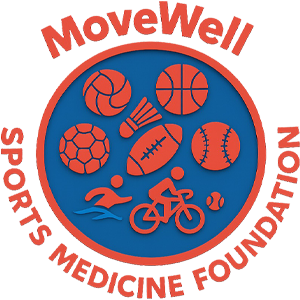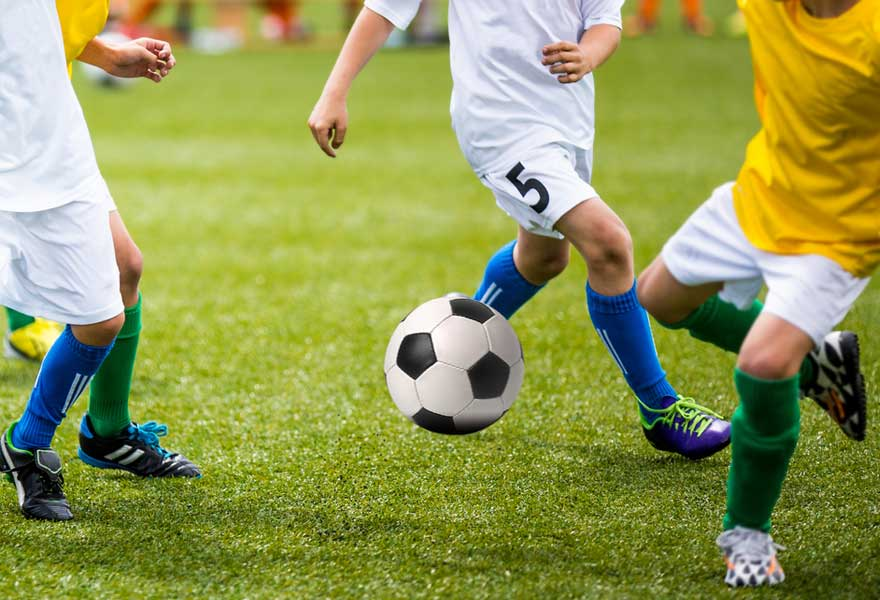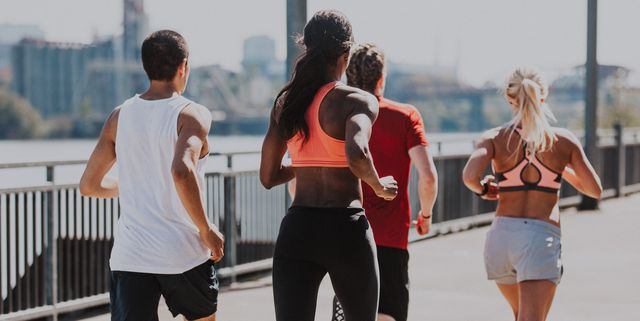Volleyball stands as a unique intersection of explosive athleticism, technical precision, and strategic intelligence. As the sport evolves with faster rallies and higher jumps, players must cultivate not just exceptional skills but also sophisticated self-preservation strategies.
I. Core Skill Development
1. Serving Mechanics
o Jump Serve:
✓ 45° approach angle for maximum vertical lift
✓ Contact ball 0.3 seconds before peak height (increases speed by 10%)
o Float Serve:
• Stiff hand contact (minimizes spin)
• Strike center mass (creates turbulent flight)
2. Spiking Optimization
o 4-Step Approach Rhythm:
o Airborne Form:
✓ Non-hitting arm points to ball (balance)
✓ Torque rotation creates whip effect (+15% power)
3. Defensive Fundamentals
o Passing Platform:
✓ Contact at radial 1/3 of forearm (optimal rebound zone)
✓ Locked elbows (consistent trajectories)
✓ "Pancake" Dive:
• Chest→abdomen→thigh roll (distributes impact)
II. Sport-Specific Conditioning
1. Plyometric Training
o Depth Jump Protocol:
Height | Sets | Rest | Benefit |
40cm | 4×8 | 2min | +8-12cm vertical |
o Lateral Band Walks: Enhances defensive quickness
2. Energy System Development
o HIIT Session:
• 18m diagonal sprints ×15
• 1:1 work:rest ratio
3. Mobility Essentials
o Shoulder Prehab:
✓ Banded rotator cuff work (prevents impingement)
✓ Daily dynamic stretches (+20% swing range)
III. Injury Prevention System
1. Common Injury Solutions
o Shoulder Overuse (35% of injuries):
✓ "Scapular Clock" warm-up (12-position activation)
✓ Eccentric dumbbell lowers (2x/week)
o Ankle Protection:
• Balance board training (10min/day)
• Toe→heel landing (32% less impact)
2. Jumpers Knee Prevention
o Eccentric Strength:
✓ Single-leg step downs (3s lowering phase)
✓ Foam roll IT band (3x/week)
o Landing Mechanics:
3. Spine Protection
o Anti-Rotation Core Work:
• Dead bug variations
• Side plank hip lifts
o Post-Spike Absorption:
✓ Immediate micro-squat (dissipates force)
IV. Smart Gear Utilization
1. Monitoring Tech
o Jump load trackers (pro limit: ≤400 jumps/day)
o Kinesiology Taping:
• Shoulder "Y-strip" (reduces GH joint stress)
• Patellar "Horseshoe" taping
2. Protective Equipment
o Custom knee sleeves (gel padding for meniscus)
o Anti-fog sports goggles
V. Match Day Protocol
1. Pre-Game (4hr prior)
o Dynamic Activation:
• Banded swings (50 reps, progressive resistance)
• Reactive footwork drills (6-direction)
o CNS Priming:
✓ Caffeine (3mg/kg bodyweight)
2. In-Game Management
o Set Breaks:
• Compression sleeves (venous return)
• Carb rinsing (central nervous system boost)
3. Post-Game (48hr recovery)
o Cold water immersion (14°C×10min)
o Targeted myofascial release (rotator cuff/calves)
VI. Sports Nutrition
1. Key Nutrients
Purpose | Protocol | Evidence |
Tendon repair | 10g collagen + 500mg VC | ↑Type I collagen synthesis |
Bone health | 600mg calcium + 100μg VK2 | Enhances mineralization |
2. Hydration Science
o Sweat testing: Replace 150% of weight lost
o Electrolyte blend: 30mmol/L Na + 5mmol/L K
Expert Insight:
"Volleyball longevity balances technical versatility with meticulous body maintenance"
— FIVB Medical Commission (2024 White Paper)
Performance Data:
· Proper landing reduces knee injury risk by 67%
· Rotator cuff training prevents 82% of shoulder pain
· Daily jump monitoring prevents overuse injuries
The Complete Player Paradigm
The most successful volleyball careers balance explosive performance with meticulous preservation. Consider the case of an elite outside hitter who extended her peak years by: (1) replacing 30% of jump training with eccentric strengthening, (2) adopting sensor-based workload monitoring, and (3) restructuring her nutritional approach to address connective tissue needs. Her experience underscores that contemporary volleyball excellence requires equal parts athlete and scientist.
As the sport continues evolving, future advancements may include real-time biomechanical feedback through smart clothing and personalized genetic profiling for injury risk. However, the foundation remains constant: technical mastery must be built upon physical resilience. By embracing this dual focus, players can achieve not just momentary brilliance but sustained career success—spiking through defenses for seasons to come, while their bodies remain as prepared for the thousandth landing as the first.




